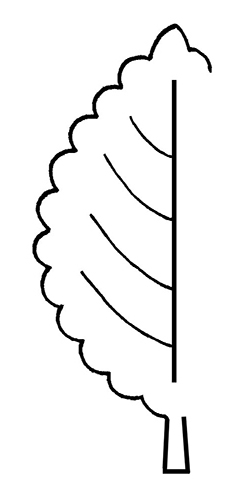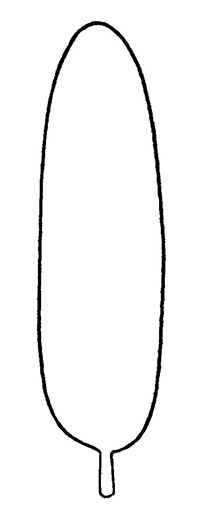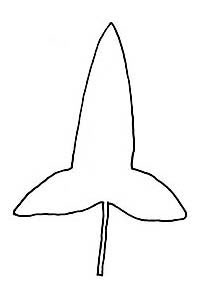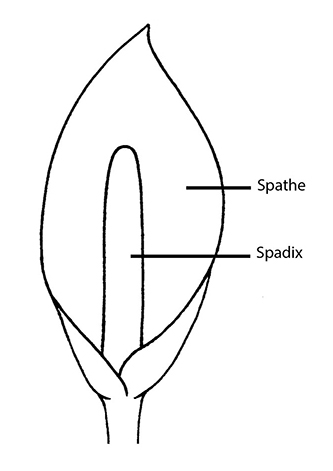Wolffia Horkel ex Schleid.
duck weed, water meal
Araceae
almost cosmopolitancosmopolitan:
(adj) essentially worldwide in distribution

Wolffia angusta Landolt
W. arrhiza (L.) Horkel ex Wimm.
W. globosa (Roxb.) Hartog & Plas
W. welwitschii Hegelm. [synonym of Wolffiella welwitschii (Hegelm.) Monod]
Wolffia globosa is introduced into North America.
often a minor weed in eutrophic waters and rice fields
free-floating, very minute, thallusthallus:
(n) a photosynthetic plant body that is not (or apparently not) differentiated into stems, roots, and leaves
 -like plant
-like plant
Minute (rarely exceeding 1 mm), free-floating on or just below water surface. Reduced plant body, undifferentiated into stem and leaf. Roots absent. Fronds broadly ovateovate:
(adj) egg-shaped in outline; generally with the broad end at or near the base
 , spherical to oblongoblong:
, spherical to oblongoblong:
(adj) two to four times longer than wide, with +/- parallel sides
 , venationvenation:
, venationvenation:
(n) the arrangement of veins in a leaf
 absent; marginmargin:
absent; marginmargin:
(n) edge; rim
 entire. Daughter fronds borne in a funnel-shaped basalbasal:
entire. Daughter fronds borne in a funnel-shaped basalbasal:
(adj) at or pertaining to the base, or point of attachment
 budding pouch with a circular opening. Inflorescenceinflorescence:
budding pouch with a circular opening. Inflorescenceinflorescence:
(n) the arrangement of flowers on the floral axis
 rarely occurring, minute, of 1 female and 1 male flower. Flowers produced in budding pouch in middle of frondfrond:
rarely occurring, minute, of 1 female and 1 male flower. Flowers produced in budding pouch in middle of frondfrond:
(n) (1) a term used to describe the leaves of, e.g., ferns, palms, or duckweeds; (2) a leaf-like organ (as in .e.g. some algae, such as Caulerpa)
 . Membranous spathespathe:
. Membranous spathespathe:
(n) a large bract or bracts subtending and often enclosing an inflorescence
 lacking. Dispersal by frondfrond:
lacking. Dispersal by frondfrond:
(n) (1) a term used to describe the leaves of, e.g., ferns, palms, or duckweeds; (2) a leaf-like organ (as in .e.g. some algae, such as Caulerpa)
 budding and seeds.
budding and seeds.
still waters of lakes, rivers, and swamps
Wolffia globosa is the world's smallest flowering plant (size: 0.5 mm x 0.3 mm). Wolffia is a cosmopolitancosmopolitan:
(adj) essentially worldwide in distribution
 genus containing 11 species. Three species are commonly cultivated, although usually inadvertently, in aquaria and ponds.
genus containing 11 species. Three species are commonly cultivated, although usually inadvertently, in aquaria and ponds.